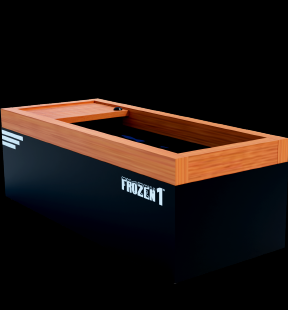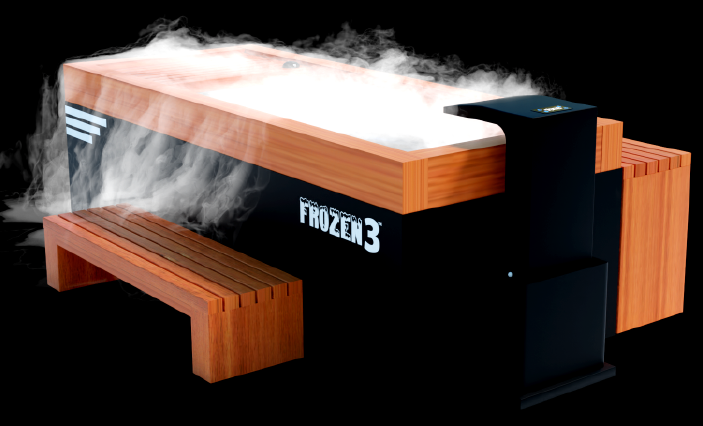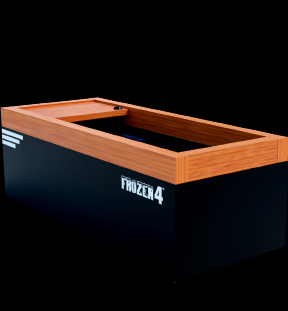The World's First Cold Plunge with a
an Essential Oil Infuser & Steam Generator!
Now, while you use Frozen™, your entire body can heal with the refreshing aroma
of eucalyptus and the zesty scent of lemongrass.
Frozen Cold Plunge + Accessories Kit + Essential Oil Steam
Our Story Frozen, the world's first Medical Cold Plunge.
We noticed a problem: most cold plunges were designed by people without medical degrees. We believed there was a better approach. With Medical Saunas' team of 48 doctors and engineers, we collaborated to develop the ultimate medical cold plunge – one that would optimize and unlock the true medical potential of cold water therapy.
When we started Frozen™, our engineers aimed to do more than just develop another plunge. We wanted to make the best plunge for our friends and family, ensuring it would be safe for them to use. We dove headfirst into researching every cold plunge in existence. We read every negative review, scrutinized every comment, and examined all the issues to ensure our friends, family, and customers wouldn't encounter the same problems.
With a substantial investment from Medical Sauna, we began by buying and testing over 53 different cold plunges in the US. And we didn't stop there. Our relentless pursuit of perfection and our goal to develop the world's best medical cold plunge motivated us to seek more investment to buy and import over 112 cold plunges from all over the world, filling our testing facility to the brim. Due to the varying electrical requirements across the globe, we had to construct different electrical stations to test each country's plunge.
"We acquired so many plunges to test that we barely had room to walk around."
~Lewis Bonfield Engineer @ Medical Saunas
After extensive studying, testing, and analyzing numerous forums, we compiled a list of features for the perfect cold plunge. We prioritized practical additions, such as a timer to track how long you've been in the plunge without relying on a phone, which could fall into the water. We also sought numerous comforts that we needed every time we used the plunge, including water and weather-resistant spaces for robes, towels, phones, and watches. We aimed to add as many features as possible while staying true to our mission of optimizing its medical benefits.
Frozen™ didn't achieve success overnight.
Although cold plunges have gained popularity in recent years, we refused to settle for just any design. It took 2.5 years of 14-hour days, six days a week, and more than 23 prototypes before we engineered a model that received the unanimous approval of all 48 medical professionals on our team.
We hope you love Frozen™ as much as we do.

























